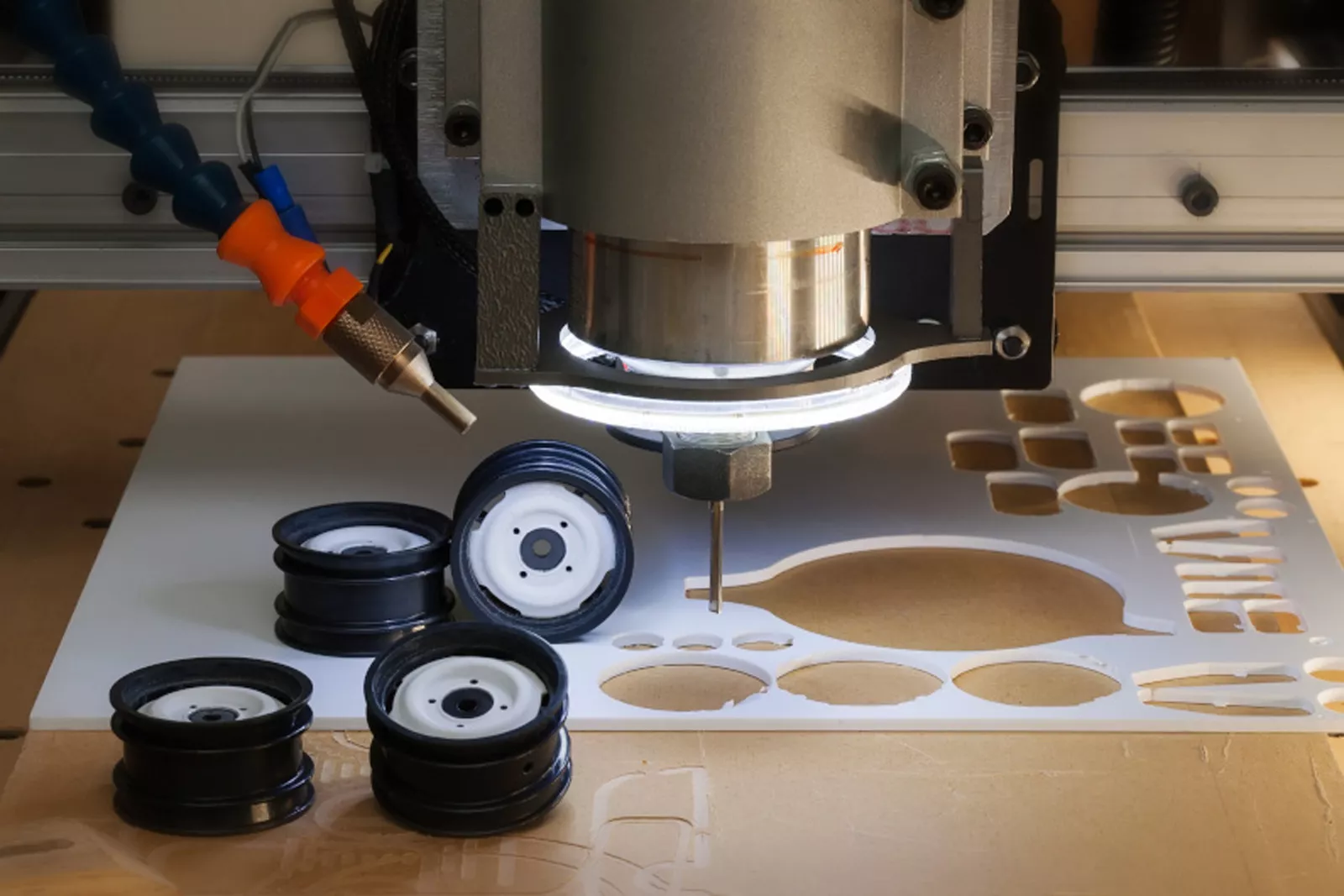PEEK Precision Compression Molding: Process Analysis, Key Parameter Control and Applications
PEEK Compression Molding (PEEK Molding) is a process in which PEEK resin (usually powder) is placed in a preheated mold cavity, and by closing the mold and applying pressure and continuous heating, the material melts, fills the cavity, and solidifies. This process is particularly suitable for the production of PEEK parts and profiles such as plates, rods, tubes, etc. with larger dimensions, thicker walls or relatively simple geometries.
Get Free Quote!
Advantages of PEEK Compression Molding
PEEK compression molding offers excellent dimensional stability, uniform density, and high mechanical strength, making it ideal for producing large, thick-walled, or simply shaped components with superior thermal and chemical resistance.
Large/thick walled parts
Ideal for producing large, thick section PEEK parts or profiles.
Low Internal Stress
Lower shear rates during the molding process compared to injection molding help reduce internal stresses in the part, improving dimensional stability and mechanical properties.
Superior material property retention
Slow processing speeds help to maximize the retention of the excellent properties inherent in PEEK materials.
Highly filled/specialty grade suitability
Good processing suitability for highly filled (e.g. high percentage of fiber reinforcement) or specially modified PEEK grades that are difficult to mold.
Relatively low tooling costs
For small to medium volume production, the cost of molding tooling is usually lower than that of complex injection molding.
Get Free Quote!
Critical Temperature and Pressure Control for PEEK Compression Molding
Precise control of temperature and pressure is essential in PEEK compression molding to ensure proper material flow, minimize internal stresses, and achieve optimal part quality with consistent mechanical and thermal properties.
|
Temperature Control |
|
|---|---|
|
Core Principle |
Mold temperature should be precisely controlled above the melting point of PEEK (Tm ≈ 343°C), to ensure full melt and flow; after holding pressure, slow, controlled cooling should be carried out to pass below the glass transition temperature (Tg ≈ 143°C), to obtain the desired degree of crystallinity and minimize internal stresses. Internal stresses are minimized. |
|
Unfilled PEEK (Natural PEEK) |
Molding temperatures are typically set at 360°C - 380°C. Cooling rates should be slow and controlled (e.g., 5-15°C/minute, depending on thickness) to promote high crystallinity for optimum toughness and strength. |
|
PEEK CF30 / PEEK GF30 (Fiber Reinforced Grade) |
Due to the filler affecting flow and the need for good wetting, the molding temperature needs to be slightly higher, typically in the range of 370°C - 390°C. The cooling process needs to be particularly careful to minimize anisotropy and warpage that may be due to the orientation of the fibers. |
|
PEEK Bearing Grade |
Molding temperatures are typically in the range of 370°C - 390°C. Uniform heating and slow cooling are essential to ensure uniform distribution of internal lubricants (e.g. PTFE, graphite) and ultimately friction and wear performance. |
|
Pressure Control |
|
|---|---|
|
Basic Requirements |
Sufficient pressure is applied to compact the powder, eliminate voids, and ensure that the material completely fills the mold cavity and is in close contact with the mold wall. |
|
Pressure Range |
Typical pressures range from 10 MPa - 35 MPa (approximately 1450 - 5000 psi). Lower pressures can be used for unfilled or simple shapes, while higher pressures are required for enhanced grades or complex shapes. |
|
Cross Section and Press Selection |
|
|---|---|
|
Thick Cross Sections |
Longer holding times and higher pressures (especially during the cooling phase) are needed to compensate for shrinkage and prevent center voids. |
|
Press tonnage selection |
Clamping force required (tons) ≈ [Molding Pressure (MPa) × Projected Area of Part (cm²)] / 98.1. Key note: It is important to select a press with a tonnage much greater than the calculated value, and a safety margin of 20% - 50% is often recommended to ensure that the pressure is applied consistently and to cope with peaks in demand. For example, for a 15cm x 15cm (225 cm²) part requiring 25 MPa, the calculated clamping force would be approximately 25 * 225 / 98.1 ≈ 57.3 tons, and a press of at least 75 tons or more should be selected. |
PEEK molded applications and parts
PEEK molded parts are widely used in demanding industrial applications due to their excellent performance and specific process advantages:
Semiconductors and electronics
wafer carrier parts, insulators, high-temperature resistant structural parts.
Medical Devices
Large or thick-walled implant test pieces or non-implantable parts that require biocompatibility.
Industrial Equipment
Wear plates, slides, gears (larger modulus), pump components, compressor valves.
Semi-finished profiles
Production of large diameter bars and thick plates for subsequent precision machining.



